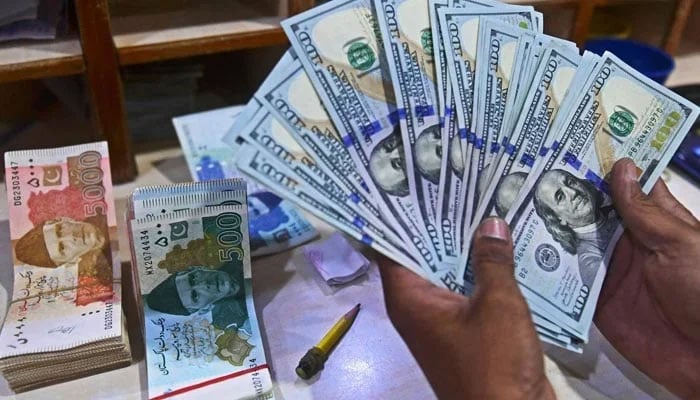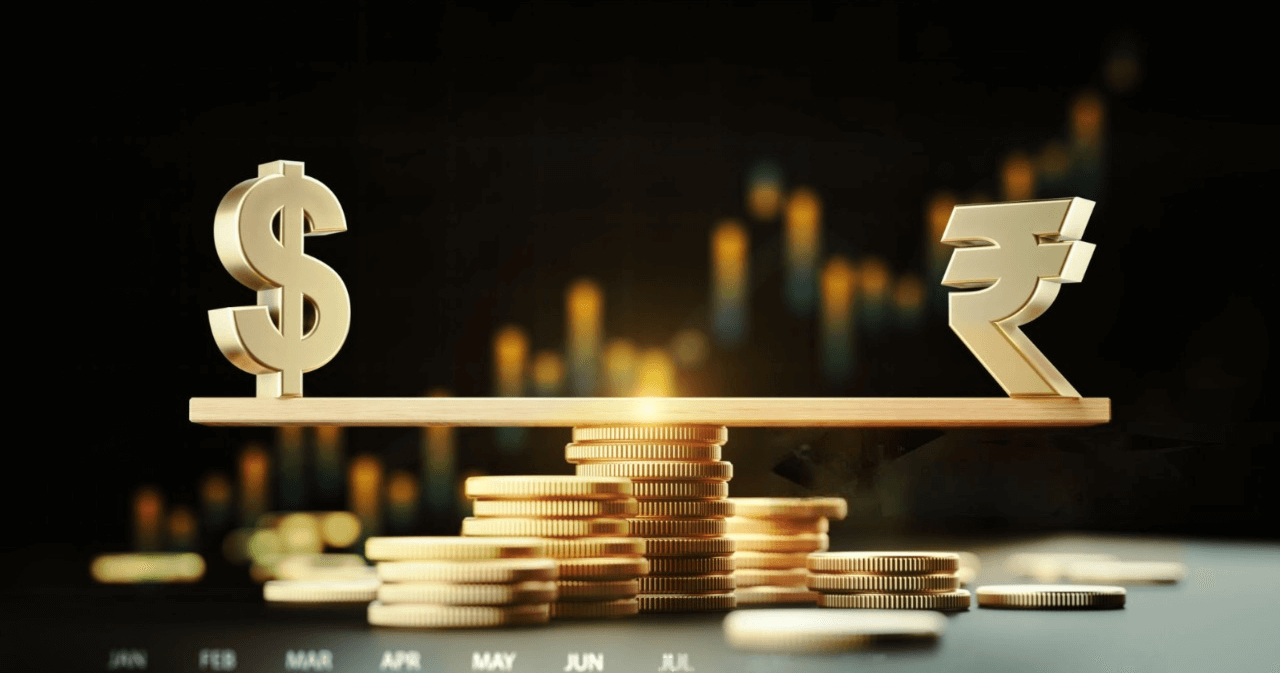Table of Contents
- Introduction
- Factors Behind the Rupee's Appreciation
- Economic Implications of the Rupee's Strengthening
- Potential Risks and Challenges
- The Outlook for Pakistan's Economy
- Conclusion
1. Introduction
Pakistan's currency, the Pakistani Rupee (PKR), has witnessed an unexpected rise, reaching PKR 281.13 against the US Dollar in the interbank market. This shift marks a significant improvement compared to its recent peak of PKR 284.3, giving hope to financial analysts and investors alike. The appreciation of the rupee comes as part of a broader series of changes in Pakistan's economic environment, highlighting the dynamic relationship between external factors and domestic policies.

2. Factors Behind the Rupee's Appreciation
Several crucial factors have contributed to the strengthening of the rupee. First and foremost, foreign exchange inflows into Pakistan have seen notable improvements. Recently, the country received a $1.2 billion tranche from the International Monetary Fund (IMF), which bolstered Pakistan’s foreign exchange reserves. Additionally, steady remittances from overseas Pakistanis continue to support the currency’s stability.
Another contributing factor is the decreased demand for imports. The ongoing economic slowdown in Pakistan has led to a reduction in the need for foreign goods, easing the strain on the rupee. The State Bank of Pakistan (SBP) has also played an active role in stabilizing the currency by intervening in the interbank market and offering dollars to curb the rupee's depreciation. These combined efforts have led to the rupee's recent rally, which has provided a more favorable exchange rate for the nation.
3. Economic Implications of the Rupee's Strengthening
The appreciation of the rupee has far-reaching consequences for the Pakistani economy. On the positive side, a stronger rupee can reduce inflationary pressures by making imports cheaper. For instance, the prices of imported goods, including fuel and raw materials, could decrease, which may provide relief to consumers and businesses alike. This price reduction can help ease the cost of living and boost consumer confidence.
Additionally, the strengthening of the rupee could lead to improved investor sentiment, attracting foreign direct investment (FDI) into the country. A more stable currency is often seen as a sign of financial stability, which can create a favorable environment for international investors looking to tap into Pakistan’s emerging markets.

4. Potential Risks and Challenges
Despite the positive developments, the rupee’s appreciation may have unintended consequences. One area of concern is the export sector. With the rupee strengthening, Pakistani goods may become less competitive in the global market. Exporters could face challenges as their products become more expensive in international markets, potentially reducing demand for Pakistani exports.
Furthermore, while the current appreciation is a sign of economic recovery, experts remain cautious. The stability of the rupee is still at risk due to underlying issues such as high inflation, fiscal deficit, and political instability. The appreciation might be temporary if these economic fundamentals are not addressed.
5. The Outlook for Pakistan's Economy
Looking ahead, the future of Pakistan's currency largely depends on how effectively the government and central bank manage the current situation. If the foreign exchange inflows continue to rise and imports remain subdued, the rupee could maintain its value against the dollar. However, challenges such as structural economic issues and political uncertainty must be addressed to sustain this positive trend in the long term.
The ability to diversify the economy and reduce the reliance on foreign loans will be crucial in stabilizing the rupee further. Moreover, the continued support from the IMF and other international financial institutions will likely play a pivotal role in Pakistan’s economic recovery.

6. Conclusion
The rupee's appreciation against the US dollar marks a turning point for Pakistan’s economy, offering a glimpse of stability amid a challenging financial landscape. While the strengthening of the rupee is promising, it is essential to recognize the challenges that lie ahead, including potential impacts on exports and ongoing economic hurdles. If managed carefully, however, this trend could lay the groundwork for long-term economic recovery, offering hope for Pakistan's financial future.



You must be logged in to post a comment.